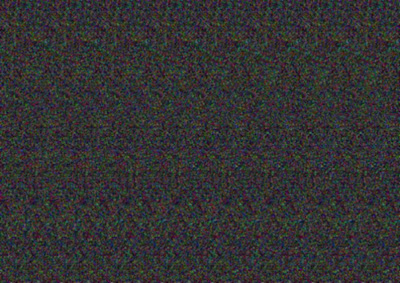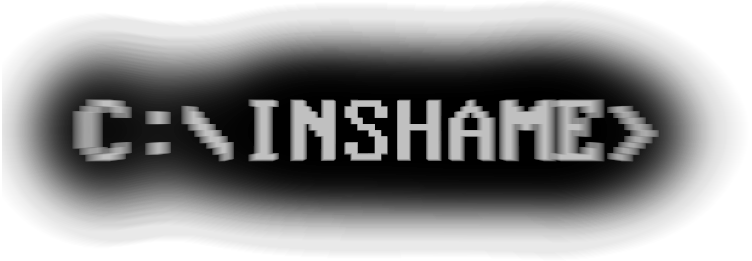Monday, March 17, 2008
Using aMSN to steal/archive contact photos
aMSN is a nice, alternative MSN client for Windows and Linux. I use it on my computer and it works quite nice. It has most of the features of the official client and additionally it supports plugins (list), skins (list), etc.
One nice feature of aMSN is that it archives your contacts' photos for viewing. To view the archived photos of a contact right click on it, select properties and go to the User display pictures tab (it might take some time to load). These photos are stored (on Linux) in the directory: /home/USERNAME/.amsn/msnname_hotmail_com/displaypic/cache/ where USERNAME is your username in Linux and msnname_hotmail_com is your msn login after converting "@" and "." to underscores (_).
I made a small Lua script (it will work only on Linux) to copy all the archived photos, organized in folders named after the contact's email, to any folder, effectively creating a nice photo collection. :-) You can download the script from here but you will have to edit it (just the first two lines) to fit to your system. Replace the path in the first line with an existing path where the photos are to be organized. Then replace the path in the second line with the aMSN cache directory (in the form that I previously described). If you want to steal photos from all MSN accounts that you've used with aMSN you might simply enter /home/USERNAME/.amsn/ and hopefully it will traverse through all accounts searching for pictures. It's not that hard but leave a comment if you need help. After editing the script you may use the included Lua interpreter (or install one from your repositories) to run it. Whenever you run it the script, it will add the new photos to the existing archive.
Linux Tip: You can turn any Lua script into an executable by appending the following line to its beginning (assuming that you have a Lua interpreter installed):
#!/usr/bin/lua
Categories:
How To,
Internet,
Linux,
My Progs,
My Progs: SuperStealmore
Tuesday, March 4, 2008
BMPGlyph

Do you know what is this? No, it's not some random picture. It's a stereogram, more specificaly it's a random dot, diverging, autostereogram. It's a 2D picture designed to trick the brain into believing that it is a 3D picture if viewed correctly.
There is at least one program for Linux that creates that kind of pictures but I decided to make my own algorithm/program which I called BMPGlyph and works on both Linux and Windows. I uploaded a beta version which you can download by clicking here. Just read the instructions in the zipfile.
I will also try to make an algorithm that extracts the heightmap from an autostereogram. It will be very helpful those people that cannot see autostereograms. :-)
Categories:
Graphics,
My Progs,
My Progs: BMPGlyph,
Portable Applications
Subscribe to:
Posts (Atom)
Popular Posts
-
The other day, while browsing Wikipedia, I wondered how hard it must be to have weird fetishes without being able to share them with someone...
-
Don't read this article. I've written a much better one which you can find here . The purpose of this (late-night) post is to sho...
-
It seems that the most popular article on this blog is " How to make portable applications " written back in 2007. Reading it aga...
